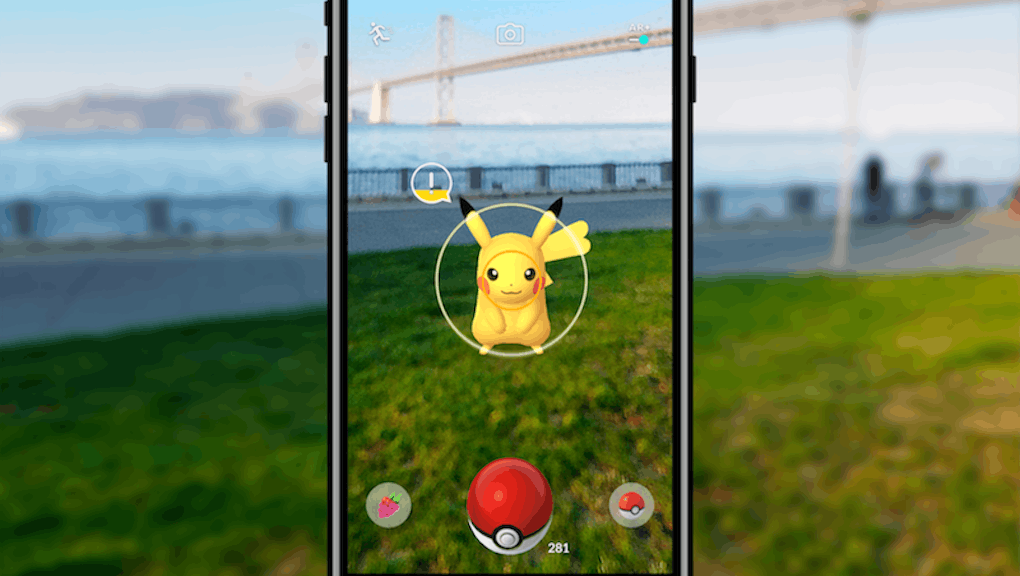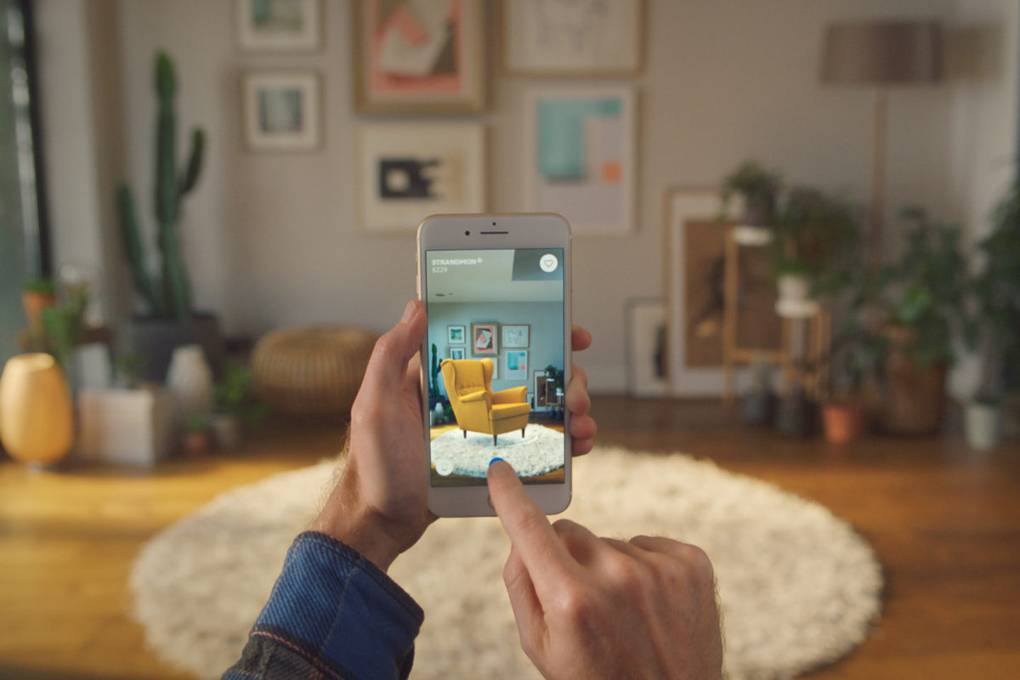Jordan Hubble, MSc Digital Marketing Management student
Augmented Reality (AR) is predicted to become one of the biggest Digital Trends of the new decade. Augmented reality is the result of using technology to superimpose information (sounds, images and text) on the world we see. Forms of AR have been around since the 1990s where Fighter Aircraft were able to show details on heads up displays and later identifying objects in their field of views as targets. It’s only in recent years where it’s been implemented into the publics almost every day use. AR is predicted to be worth $34 billion by 2023. On the other hand, with adding the VR market expectations, the sum of total market size of AR and VR will be more than 100 Billion USD in total. The reason why we sum AR and VR is, soon the distinction between AR, VR or Mixed Reality technologies will be diminish and we will start to evaluate the techniques in XR (Extended Reality) universe.

With each new step forward into the digital revolution, films like ‘The Matrix’ are becoming more like reality with every new step. Software and Hardware engineers are continuing to refine their AR software’s to the point where it is already blurring the line between real life and virtual life.
The first real AR software to take the general public by storm was Pokémon Go. Pokémon go was a mobile game that was released in 2016, which was developed by Niantic as part of the Pokémon franchise. The game uses the players GPS to locate, capture, battle and train their virtual Pokémon which will appear on the user’s screen as if they were at the players real-world location. The game follows the freemium business model in the sense that it is free to play, however it charges for in-app purchases.

By the end of 2016 it had more than 500 million downloads and was the most used and most profitable apps that year. It was credited with popularizing AR technologies as well as promoting physical activity. By early 2019 the game had over a billion downloads, grossing over $3 Billion and over 147 million monthly users.
It was only a matter of time before AR moved into the Fashion as you’d think that the two things go hand in hand together. Giving buyers the ability to see what they’d look like in clothe without even having to try them on or leave their house. ASOS launched its first AR feature called Virtual Catwalk which will allow to have a new way of trying on the clothes that they wish to buy. The online retailer is also trailing other AR features, including a tool which allows customers to view products on different size models, so customers can get a better sense of how something might fit their body shape.
Augmented Reality has also been introduced into the world of IKEA. IKEA released an App which is called IKEA Place and lets users use AR to see what IKEA furniture would look like in their homes before they go to one of their stores and buy it. To make the models work within the app, each one had to be squeezed down to a file size less than 1.5 megabytes large. This meant a careful balancing act of reducing the size while making sure the detail and texture of the model remained. Too little detail, and the illusion of placing a real item in augmented reality would be shattered.

Allowing buyers to be able to use Augmented Reality to see how clothes would look on their own bodies digitally will eventually change how the general public view the high street and here’s why. If you give someone the opportunity to be able to go online and digitally be able to see what an entire outfit or shopping haul would look like on their body without even leaving their house, they’re just going to do it over and over again. It removes the need for the high street, for bigger brands at least. The smaller independent brands are never going to have the financial backing to be able to introduce AR so will no longer be able to compete with their competitors.
AR is a relatively new technology that is only going to get more backing and funding to create more extraordinary software’s that will continue to push the barriers in terms of what is achievable with AR. They will be a lot more realism with what will be possible, it is exciting to see what is going to happen and how different developers will develop this software to help change the digital world forever. Will it become what it is predicted to be, or will it fall flat like many types of software before it? 2020 will definitely be the start of finding out.

